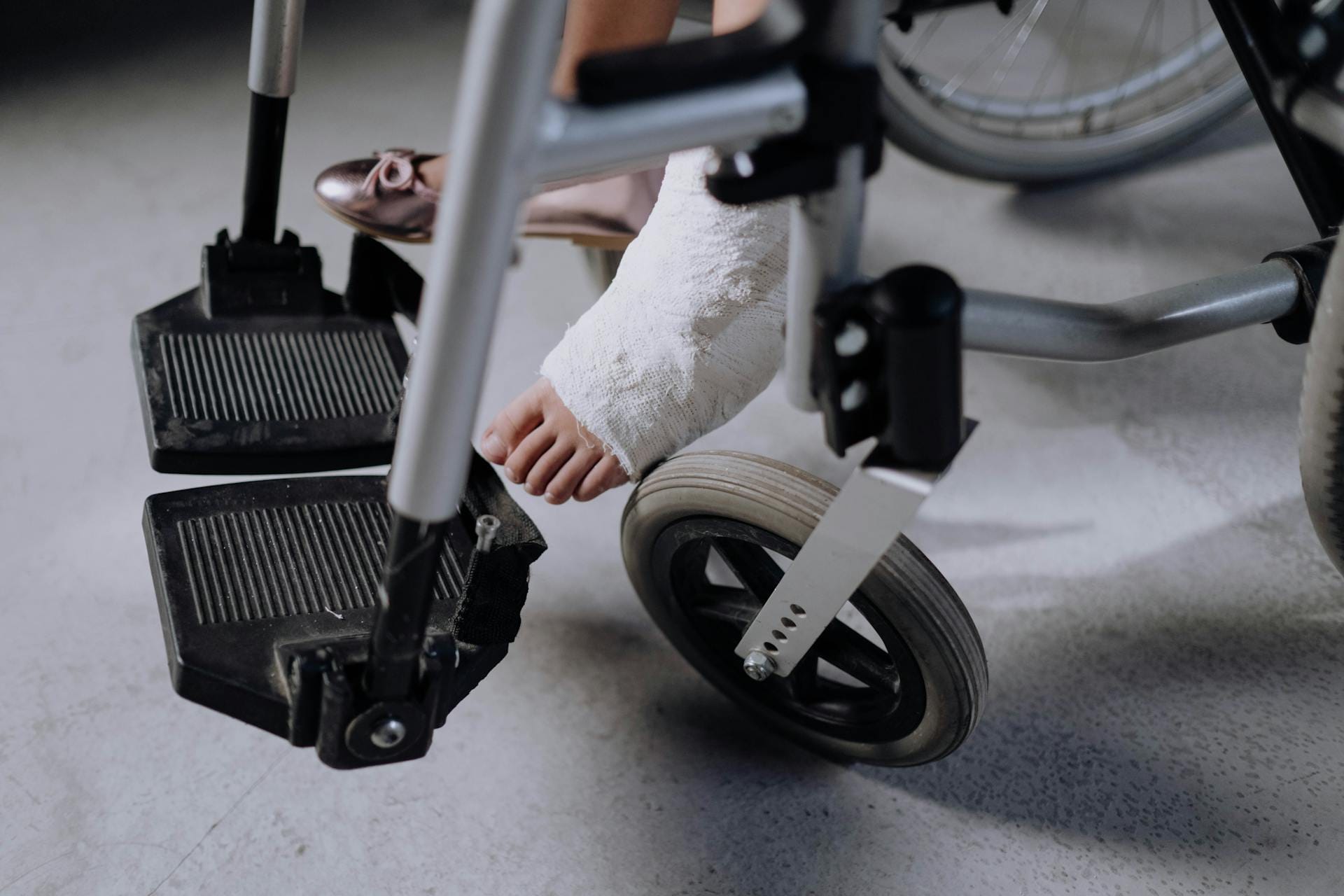Injuries suck, plain and simple. If you are a performance athlete, or a school teacher an injury can be a serious setback. When it comes to accelerating the healing process and repairing damaged tissue, Peptides are a game changer.
What are Peptides?
Peptides are short chain amino acids that signal cells in your body to perform specific functions. These might tell your body to grow muscle, reduce inflammation or repair damaged tissue. When you are injured, your body naturally produces peptides to start the healing process.
The Best Peptides for Injuries
Some peptides are better than others when it comes to injury recovery and the body’s healing processes. Below are the two most widely researched and used peptides when it comes to recovering from injury.
1. BPC-157
Nicknamed the “Body Protection Compound“, BPC-157 is a peptide that specializes in healing soft tissue injuries, tendons, ligaments and muscles.
What it Does:
- Accelerates wound healing
- Improves collagen production for stronger tendons and ligaments
- Reduces inflammation for quicker recovery
Best For: Muscle strains, ligament and tendon tears, and joint injuries.
2. TB-500 (Thymosin Beta-4)
TB-500 is a powerhouse healing peptide that is derived from a naturally occurring protein called Thymosin Beta-4. This peptide is known for its regenerative capabilities.
What it Does:
- Promotes cell migration to the injured site
- Improves muscle flexibility and reduces scar tissue
- Stimulates new blood vessel formation for faster circulation and healing
Best For: Chronic injuries, muscle tears, and overuse injuries.
How Do These Peptides Promote Healing?
Both of these peptides work at the cellular level, amplifying your body’s natural healing processes. Here’s a closer look at what they do:
- Enhancing Cellular Regeneration: Both peptides increase the activity of specific cells that are vital for tissue repair. BPC-157 promotes fibroblast activity which is needed for collagen production. TB-500 stimulates actin, a protein required for cell growth and movement.
- Boosting Blood Flow: Both these peptides improve the formation of new blood vessels. This helps damaged tissues receive the oxygen and nutrients they need to heal faster.
- Inflammation Reduction: Inflammation is a natural response when your body is injured. Excessive inflammation can slow down healing. Peptides like BPC-157 have anti-inflammatory properties that help your body recover without unnecessary swelling or pain.
- Minimizing Scar Tissue: Scar tissue is a common problem that hinders recovery as well as long term mobility. TB-500’s ability to improve tissue elasticity and cell migration helps reduce this scar tissue buildup.
Using Peptides for Injuries
Administration
Peptides are administered through subcutaneous or intramuscular injections. This allows them to reach your bloodstream and target the injured site as efficiently as possible.
Dosage and Frequency
- BPC-157: 200mcg to 400mcg every day. Split into two doses and inject as close to the injury site as possible.
- TB-500: 2mg to 5mg weekly. Continue this dosage for 4 to 6 weeks and then lower to a maintenance dose as required.
Cycle Length
The length of peptide use will depend on the severity of your injury. Expect to notice significant improvement within the first 2 to 4 weeks of usage.
Side Effects
BPC-157 and TB-500 are considered safe and well-tolerated. Potential side effects include mild injection-site irritation or temporary fatigue.
Final Thoughts
Recovering from injuries can be a long and frustrating process. Peptides like BPC-157 and TB-500 are safe and very effective at helping people recovery from an injury. As always, if you have any questions or concerns, it’s never a bad idea to consult your physician.








Add comment